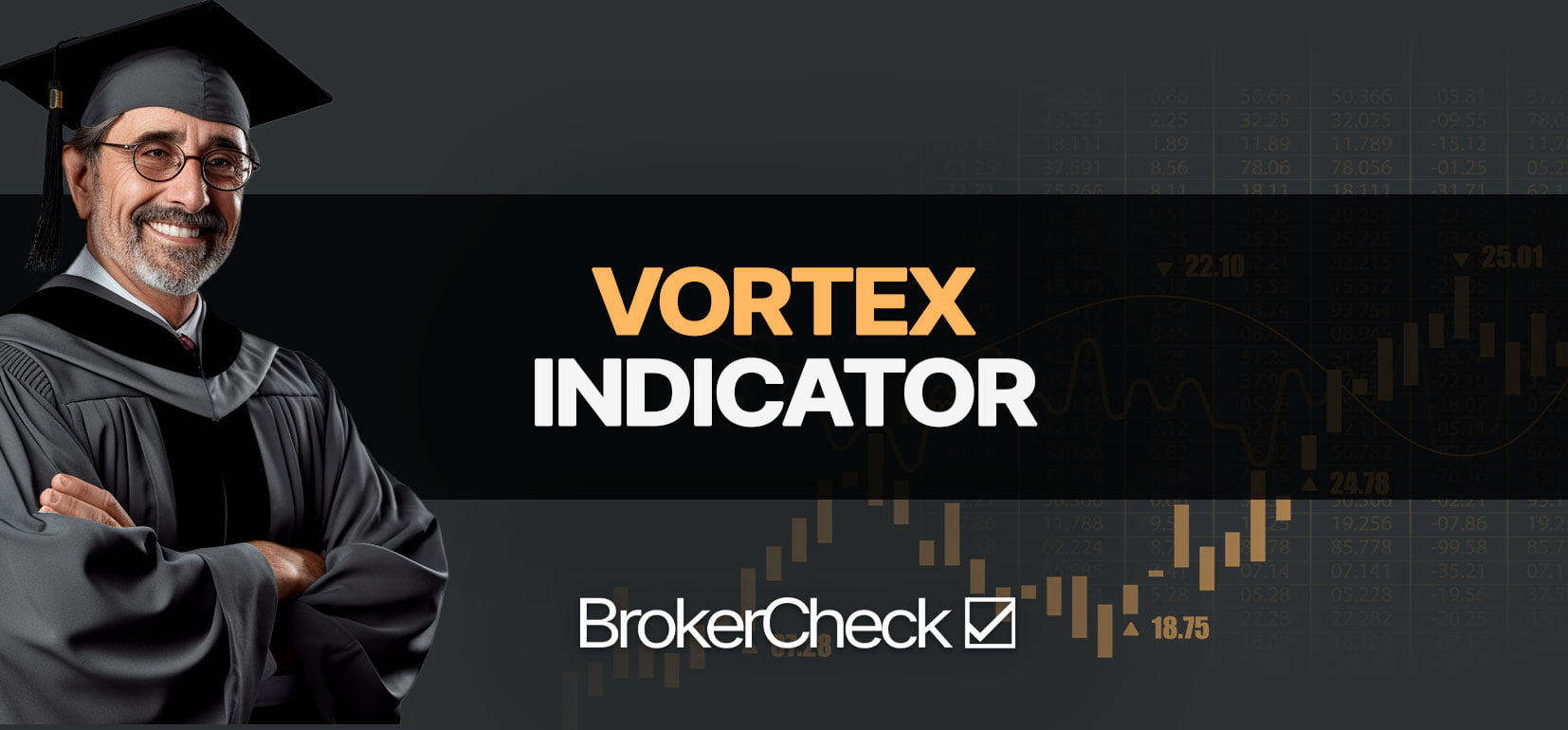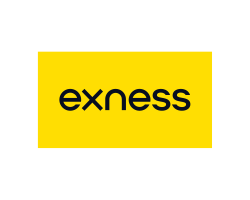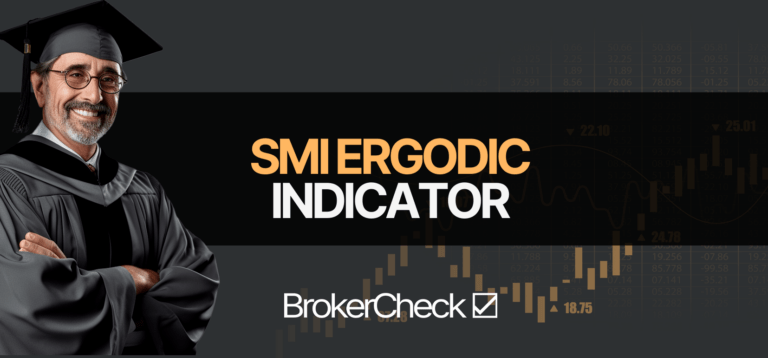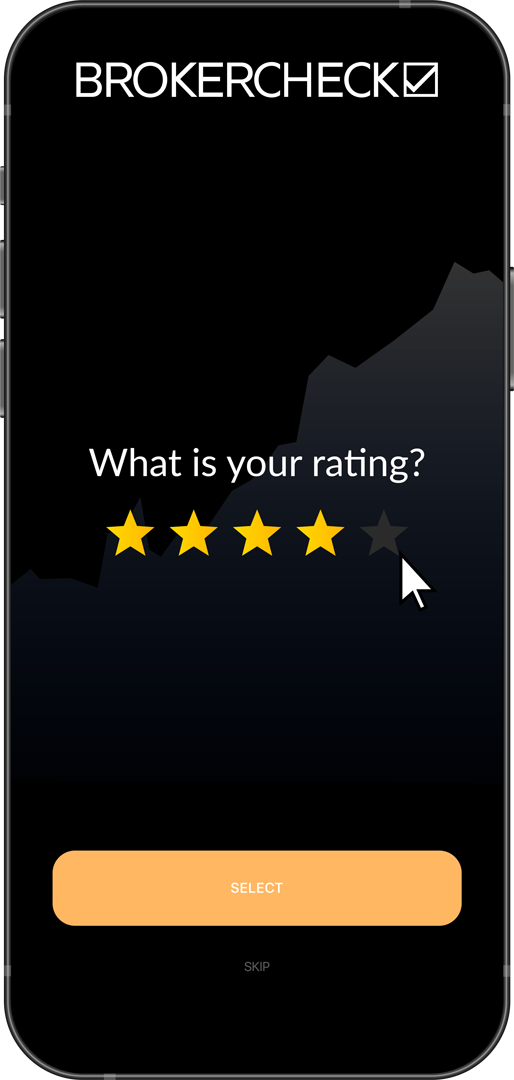1. Understanding the Vortex Indicator
To effectively incorporate the Vortex Indicator into trading strategies, it’s essential to understand its key signals:
- Bullish Trend Signal: When the VI+ line crosses above the VI- line, it suggests that bulls are gaining strength and a potential uptrend may be emerging. Traders might consider this as a buying opportunity.
- Bearish Trend Signal: Conversely, if the VI- line crosses above the VI+ line, it indicates that bears are in control and a downtrend could be developing. This might be interpreted as a signal to sell or short a position.
Interpretation of the Vortex Indicator can be further refined by looking for divergences between price action and the indicator. For example, if the price is making new highs but the VI+ is not, it may suggest weakening momentum and a possible trend reversal.

Practical Application of the Vortex Indicator involves several steps:
- Setting the Period: The default period is 14 days, but traders can adjust this to suit their trading style shorter periods for more sensitivity or longer periods for smoother signals.
- Chart Analysis: Apply the Vortex Indicator to the price chart and look for the crossover points of the VI+ and VI- lines.
- Confirmation: Use other technical analysis tools, like moving averages or the Relative Strength Index (RSI), to confirm signals generated by the Vortex Indicator.
- Risk Management: Always consider stop-loss orders and other risk management techniques to protect against market volatility and false signals.
Advantages of the Vortex Indicator include its simplicity and ease of interpretation, making it accessible to both novice and experienced traders. It’s also adaptable to various time frames and can be used in different market conditions.
Limitations should be acknowledged as well. The Vortex Indicator, like all technical indicators, is not foolproof and may produce false signals. It is also a lagging indicator, meaning it relies on past data and may not always predict future market movements accurately.
Integration with Other Strategies:
- Trend Following: Combine with moving averages to reinforce the identification of the trend direction.
- Momentum Trading: Pair with momentum indicators like the MACD to gauge the strength of the trend.
- Swing Trading: Use in conjunction with support and resistance levels to pinpoint optimal entry and exit points.
By understanding and applying the Vortex Indicator thoughtfully, traders can enhance their market analysis and potentially improve their trading performance. Always remember, no single indicator should be used in isolation, and comprehensive market analysis should include a variety of tools and methods.
1.1. Origin and Concept of the Vortex Indicator
Application in Trading Strategies
Traders often incorporate the Vortex Indicator into their strategies to enhance decision-making. The indicator consists of two oscillating lines:
- VI+ (Positive Vortex Indicator): Measures upward trend movement.
- VI- (Negative Vortex Indicator): Measures downward trend movement.
When VI+ crosses above VI-, it signals that the bullish trend is gaining strength, suggesting a potential buy opportunity. Conversely, a cross below by the VI+ indicates a strengthening bearish trend, which might be a signal to sell.
Key Points for Traders:
- Crossover: The crossing of VI+ and VI- lines is a signal for trend reversal.
- Trend Confirmation: A high VI+ relative to VI- confirms a strong uptrend, while the opposite confirms a strong downtrend.
- Volatility: Sudden spikes in the indicators can signify market volatility.
Optimizing Use of the Vortex Indicator
To optimize the Vortex Indicator’s efficiency, traders should consider the following:
- Adjusting the Period: The standard setting is 14 periods, but this can be adjusted for more sensitivity or smoothing.
- Combining with Other Indicators: Use in conjunction with other indicators like moving averages or MACD to confirm signals.
- Filtering Noise: Apply a moving average to the Vortex Indicator lines to filter out market noise and focus on significant trends.
Practical Example Table:
| Market Condition | VI+ (Bullish) | VI- (Bearish) | Action Signal |
|---|---|---|---|
| Uptrend | Above VI- | Below VI+ | Potential Buy |
| Downtrend | Below VI- | Above VI+ | Potential Sell |
| Consolidation | Close to VI- | Close to VI+ | No Clear Signal |
Risk Management Considerations
While the Vortex Indicator can be a powerful tool, it’s important to use it within the context of a comprehensive risk management strategy:
- Stop-Loss Orders: Always set stop-loss orders to limit potential losses when the market moves against your position.
- Position Sizing: Adjust your position size based on the strength of the signal and your risk tolerance.
- Diversification: Do not rely solely on the Vortex Indicator; diversify your trading strategies to spread risk.
Advanced Techniques
For experienced traders, the Vortex Indicator can be used to develop more complex strategies:
- Divergence: Look for divergence between the Vortex Indicator and price to identify potential reversals.
- Breakouts: Combine the Vortex Indicator with support and resistance levels to trade breakouts.
- Timeframes: Analyze multiple timeframes to gain a broader view of the market momentum.
By understanding the mechanics of the Vortex Indicator and incorporating it thoughtfully into trading strategies, traders can potentially enhance their market analysis and improve their decision-making process in the volatile world of trading.
1.2. Calculating the Vortex Indicator
When utilizing the Vortex Indicator (VI) to gauge market trends, traders should be mindful of the following key points:
- VI+ and VI- Crossovers: A primary signal for a potential trend change. For instance, a crossover of VI+ above VI- may hint at an emerging uptrend, while VI- crossing above VI+ could indicate a possible downtrend.
- Threshold Levels: Traders often watch for the VI+ and VI- to cross above or below certain threshold levels. A common threshold is 1.0, and movements beyond this level can strengthen the signal of a trend.
- Trend Confirmation: The VI is best used in conjunction with other indicators to confirm trends. For example, aligning VI signals with a moving average crossover could provide additional confirmation of a trend shift.
- False Signals: Like all indicators, the VI is not foolproof and can generate false signals, particularly in sideways or choppy markets. It is crucial to use risk management techniques to mitigate potential losses from such occurrences.
- Period Selection: The default setting for the VI is typically a 14-period timeframe, but traders can adjust this to suit their trading style. A shorter period may provide more signals, while a longer period could offer more significant but less frequent signals.

Below is a breakdown of the VI calculation process:
- Compute True Range (TR) for each period.
- Calculate VM+ and VM- by comparing current period highs and lows with the previous period’s highs and lows.
- Sum VM+ and VM- for the chosen number of periods (N).
- Sum TR for the same number of periods (N).
- Divide the sum of VM+ by the sum of TR to get VI+.
- Divide the sum of VM- by the sum of TR to get VI-.
To facilitate a clearer understanding, here is a tabular representation of the calculation steps for the Vortex Indicator:
| Step | Calculation | Description | Extra | |
|---|---|---|---|---|
| 1 | TR = Max[(Current High – Current Low), …] | Determine True Range (TR) for the period. | ||
| 2 | VM+ = | Current High – Previous Low | Calculate positive vortex movement (VM+). | |
| 3 | VM- = | Current Low – Previous High | Calculate negative vortex movement (VM-). | |
| 4 | Sum VM+ (N periods) | Sum VM+ over the past N periods. | ||
| 5 | Sum VM- (N periods) | Sum VM- over the past N periods. | ||
| 6 | Sum TR (N periods) | Sum True Range over the past N periods. | ||
| 7 | VI+ = Sum VM+ / Sum TR | Compute positive Vortex Indicator (VI+). | ||
| 8 | VI- = Sum VM- / Sum TR | Compute negative Vortex Indicator (VI-). |
Interpretation of the VI should be done with caution, keeping in mind the context of the overall market conditions and other technical indicators. By doing so, traders can better position themselves to capitalize on potential trends while managing the inherent risks of trading.
1.3. Components: VI+ and VI-
The Vortex Indicator (VI) is a technical analysis tool designed to identify the start of a new trend or the continuation of an existing trend within financial markets. It does so by comparing the range of price movement in the current period to the range in the previous period.
VI+ and VI- are calculated over a specified number of periods (typically 14), which can be adjusted based on the trader’s preference for sensitivity. The formulas for these components are as follows:
- VI+ (Positive Vortex Movement):
[ \text{VI+} = \frac{\text{Sum of Positive Vortex Movements over the period}}{\text{True Range over the period}} ] - VI- (Negative Vortex Movement):
[ \text{VI-} = \frac{\text{Sum of Negative Vortex Movements over the period}}{\text{True Range over the period}} ]
The True Range is the greatest of the following three values: current high minus current low, current high minus previous close, or current low minus previous close.
To enhance their trading strategies, traders often look for:
- Crossovers: When VI+ crosses above VI-, it may signal a bullish trend. Conversely, a crossover of VI- above VI+ can be a bearish signal.
- Extreme Readings: Values above 1.0 for either VI+ or VI- can indicate overextended markets, which might be prone to reversals.
- Divergence: If price action makes a new high or low that is not confirmed by the Vortex Indicator, it could suggest a weakening trend and potential reversal.
VI+ and VI- are visualized on a chart, typically below the price action, allowing traders to quickly assess the strength and direction of a trend. By analyzing these components, traders can make more informed decisions on when to enter or exit trades.
2. Applying the Vortex Indicator to Trading Strategies
Incorporating the Vortex Indicator into a trading strategy involves careful observation of the indicator’s two main components: VI+ (positive directional indicator) and VI- (negative directional indicator). These components are derived from the highest high and lowest low over a specific period, reflecting the upward and downward trend movement respectively.

Here’s a breakdown of key signals the Vortex Indicator may provide:
- Bullish Signal: VI+ crossing above VI-.
- Bearish Signal: VI- crossing above VI+.
- Trend Strength: The greater the distance between the VI+ and VI-, the stronger the trend.
- Consolidation: When VI+ and VI- are close together, it may indicate a consolidation phase or a weak trend.
Traders may use the following strategies when applying the Vortex Indicator:
| Strategy | Description |
|---|---|
| Trend Confirmation | Use VI+ and VI- crossovers to confirm the direction of the current trend. |
| Entry Points | Enter trades when a crossover occurs in the direction of the prevailing trend. |
| Exit Points | Consider exiting trades when the opposite crossover occurs or when the trend shows signs of weakening. |
| Divergence | Look for discrepancies between price action and the Vortex Indicator as potential reversal signals. |
| Combination with Other Indicators | Validate signals with additional indicators like moving averages or RSI for increased reliability. |
Practical Application: A trader might wait for a clear crossover of the VI+ above the VI- as an entry signal for a long position. To confirm the strength of the trend, they might also look for the VI+ to be significantly higher than the VI- and for the price to be above a moving average.
Risk Management: Establishing stop-loss orders based on the Vortex Indicator can be done by setting a stop-loss just below a recent low in a bullish trend when the VI+ is dominant, or just above a recent high in a bearish trend when the VI- is dominant. Adjusting these stop-loss levels in response to changes in the Vortex Indicator can help traders mitigate losses during unexpected trend reversals.
By integrating the Vortex Indicator with other technical analysis tools and sound risk management practices, traders can strive to enhance their trading performance and make more informed decisions in the financial markets.
2.1. Identifying Trends with the Vortex Indicator
Applying the Vortex Indicator in Different Market Conditions
The Vortex Indicator can adapt to various market conditions, but its effectiveness may vary depending on the market’s volatility and trend strength. In strong trending markets, the VI provides clear signals that can help traders ride the trend. However, in ranging or choppy markets, the VI might produce false signals, leading to potential losses if used in isolation.
Divergences between the Vortex Indicator and price can also provide insights. If the price makes new highs or lows but the VI fails to confirm these with corresponding new highs or lows, it could suggest a weakening trend and a possible reversal.
In addition to the standard crossover signals, traders can use the absolute levels of the VI lines. Some traders consider a VI+ value above a certain threshold, such as 1.10, to be indicative of a strong uptrend, while a VI- value above this level might indicate a strong downtrend.
| Market Condition | VI+ and VI- Interpretation |
|---|---|
| Strong Uptrend | VI+ > VI- with increasing distance |
| Strong Downtrend | VI- > VI+ with increasing distance |
| Ranging Market | VI+ and VI- crossover frequently |
| Potential Reversal | Divergence between VI and price |
Traders should always be aware of the risk of whipsaws false trend indications followed by a quick reversal. Proper risk management and the use of stop-loss orders are essential when trading on the basis of the Vortex Indicator signals.
2.2. Signal Interpretation: Crossovers and Divergences
The Vortex Indicator (VI) serves as a unique tool in a trader’s arsenal, designed to identify the start and continuation of trends. Crossovers are the crux of signal interpretation with the VI. When the VI+ line crosses above the VI- line, it is often considered a bullish signal, suggesting that an uptrend may be on the horizon. In contrast, when the VI- line surpasses the VI+ line, it is seen as a bearish signal, hinting at a potential downtrend.
Divergences offer a secondary layer of analysis, providing clues about the strength of the current trend and possible reversals. A bullish divergence characterized by a lower low in price but a higher low in the VI can indicate weakening downward momentum and a possible bullish reversal. Conversely, a bearish divergence occurs when the price achieves a higher high while the VI sets a lower high, suggesting that the uptrend may be running out of steam and a bearish reversal could be forthcoming.
| Signal Type | VI+ and VI- Relationship | Price and VI Relationship | Potential Market Implication |
|---|---|---|---|
| Bullish Crossover | VI+ crosses above VI- | N/A | Upward momentum is likely increasing |
| Bearish Crossover | VI- crosses above VI+ | N/A | Downward momentum is likely increasing |
| Bullish Divergence | N/A | Price lower low, VI higher low | Possible trend reversal to upside |
| Bearish Divergence | N/A | Price higher high, VI lower high | Possible trend reversal to downside |
Reliability of these signals can be significantly improved by using them in conjunction with other technical indicators. Volume indicators can confirm the strength of a trend, while moving averages can help smooth out price action to better identify the trend direction. Momentum oscillators, such as the Relative Strength Index (RSI) or Stochastic, can also provide additional confirmation of overbought or oversold conditions.
Risk management is crucial when trading on these signals. Traders must be aware that the Vortex Indicator, like all technical analysis tools, is not infallible and can generate false signals. Therefore, it is advisable to employ stop-loss orders and risk-reward ratios that align with individual trading strategies and risk tolerance levels.
Incorporating the Vortex Indicator into a comprehensive trading strategy involves looking for confluence with other indicators and analyzing market conditions as a whole. Patience and discipline in waiting for the strongest signals, and the wisdom to recognize the limitations of any single technical tool, are essential traits for traders who utilize the Vortex Indicator in their market analysis.
2.3. Combining the Vortex Indicator with Other Technical Tools
In the dynamic world of trading, the Vortex Indicator (VI) serves as a pivotal tool for identifying trends. However, its potency is magnified when used in conjunction with other technical analysis instruments. For instance, the Moving Average Convergence Divergence (MACD) is an excellent complement to the VI. The MACD excels in pinpointing momentum changes, and when paired with the trend-detecting capabilities of the VI, traders are equipped with a powerful duo for market analysis.
| Vortex Indicator (VI) | Moving Average Convergence Divergence (MACD) |
|---|---|
| Identifies trends | Detects momentum shifts |
| Provides clear signals | Offers additional confirmation |
| Works well in trending markets | Helps in ranging and trending markets |
The synergy between the Relative Strength Index (RSI) and the VI is also noteworthy. The VI may highlight the commencement of a trend, while the RSI gauges if a security is overbought or oversold. This combination is adept at providing a deeper insight into the market’s state, potentially circumventing deceptive signals that may arise from the VI alone.
| Vortex Indicator (VI) | Relative Strength Index (RSI) |
|---|---|
| Signals new trends | Indicates overbought/oversold conditions |
| Helps confirm trend strength | Adds depth to market analysis |
| Useful in trending conditions | Helps in oscillating markets |
Bollinger Bands are another tool that traders can align with the VI. These bands delineate volatility and price levels in relation to moving averages. When these visual cues are merged with the VI’s trend indications, they can sharpen the accuracy of trade entries and exits.
| Vortex Indicator (VI) | Bollinger Bands |
|---|---|
| Highlights trend direction | Shows volatility and price containment |
| Provides entry and exit signals | Visual aid for price action |
| Complements trend analysis | Enhances trend confirmation |
Moreover, integrating support and resistance levels with the VI can elevate a trader’s analytical prowess. These levels act as markers for potential price impediments and can corroborate the veracity of trends signaled by the VI.
| Vortex Indicator (VI) | Support and Resistance Levels |
|---|---|
| Indicates trend strength | Marks potential price barriers |
| Helps with signal confirmation | Validates trend continuation or reversal |
| Useful in trend-following strategies | Critical for price action analysis |
A multi-indicator strategy is often the strategy of choice for seasoned traders. By cross-verifying the VI’s indications with other technical tools, traders can mitigate the risks associated with sole reliance on one indicator. This holistic approach can enhance the precision of trading decisions and boost trader confidence.
| Vortex Indicator (VI) | Multi-Indicator Strategy |
|---|---|
| Core trend-following tool | Comprehensive market analysis |
| Single indicator reliance reduction | Risk mitigation |
| Part of a diversified analytical toolkit | Informed and confident trading |
The judicious combination of these technical tools with the VI can provide traders with a more complete picture of the market, enabling them to execute trades with greater assurance and efficacy.
2.4. Risk Management and the Vortex Indicator
Incorporating the Vortex Indicator (VI) into your trading strategy requires a nuanced understanding of its components. The VI consists of two lines:
- VI+ (Positive Vortex Indicator): Reflects the positive trend movement.
- VI- (Negative Vortex Indicator): Indicates the negative trend movement.
The crossovers between these two lines can be significant. A bullish signal is suggested when VI+ crosses above VI-, while a bearish signal is indicated when VI- crosses above VI+. These crossovers can be pivotal for traders to determine entry and exit points.
Adjusting Stop-Loss Orders with VI
| Market Condition | VI Reading | Stop-Loss Strategy |
|---|---|---|
| Uptrend | VI+ > VI- | Place stop-loss below a recent low |
| Downtrend | VI- > VI+ | Set stop-loss above a recent high |
Position Sizing Based on VI
| Trend Strength | VI Gap | Position Sizing Approach |
|---|---|---|
| Strong | Wide | Consider increasing position size |
| Weakening | Narrow | Contemplate reducing position size |
By integrating the VI’s insights into your exit strategies, you can enhance your risk management. For example, during a strong uptrend signaled by a rising VI+, you might trail your stop-loss to lock in profits while allowing room for the trend to continue.
The VI can also serve as a trend filter for other trading strategies. If your strategy generates a buy signal, but the VI indicates a downtrend, it may be prudent to skip the trade or wait for trend alignment.
It’s important to combine the VI with other indicators and methods to confirm signals and avoid relying on a single indicator. Tools such as moving averages, relative strength index (RSI), and price action can complement the VI, offering a more robust approach to market analysis and risk management.











